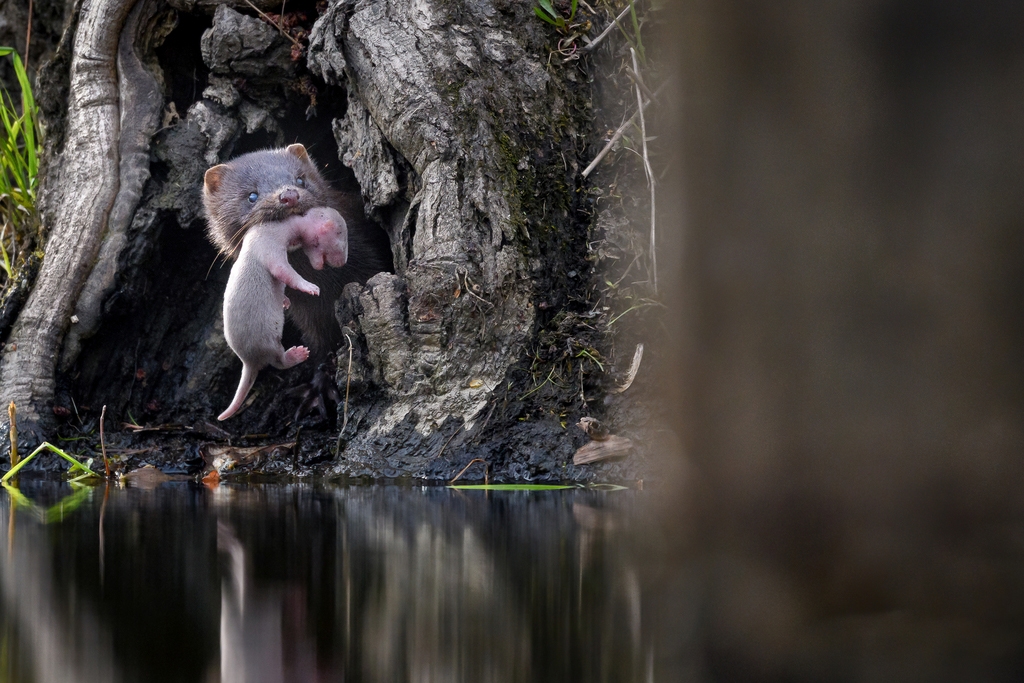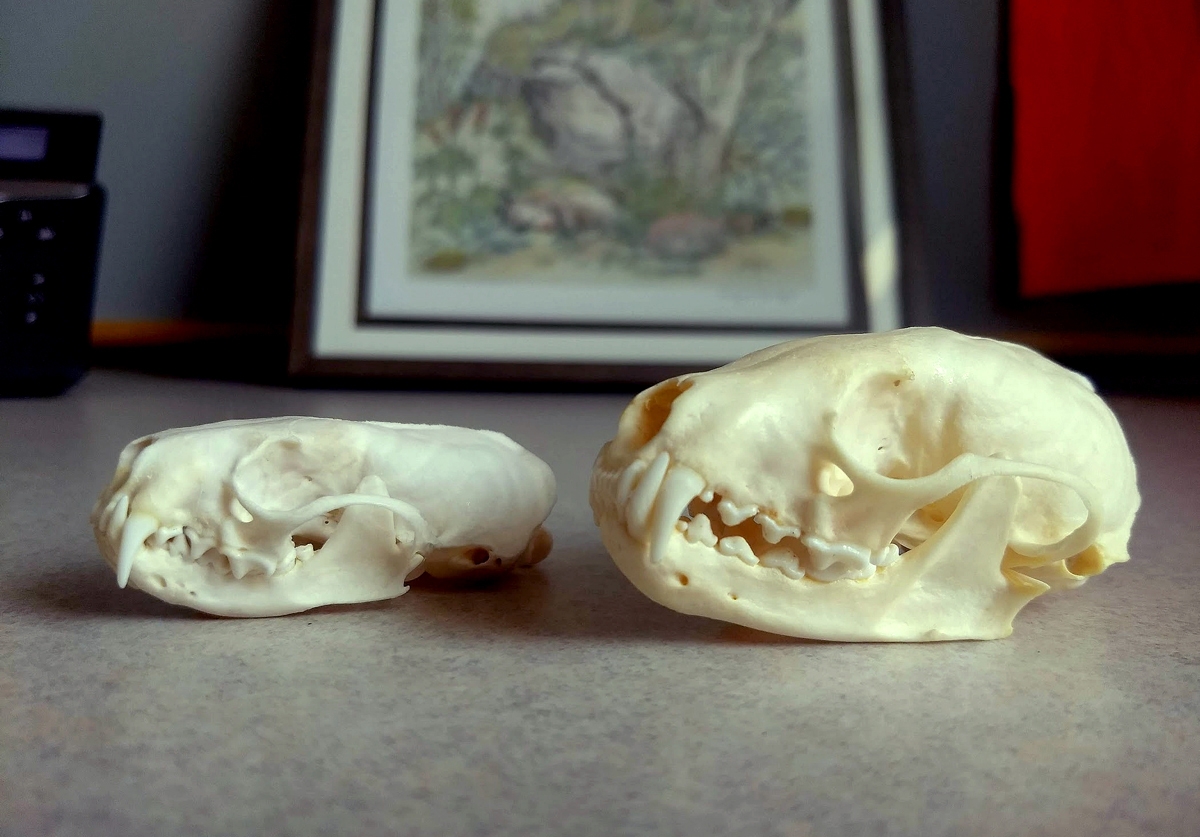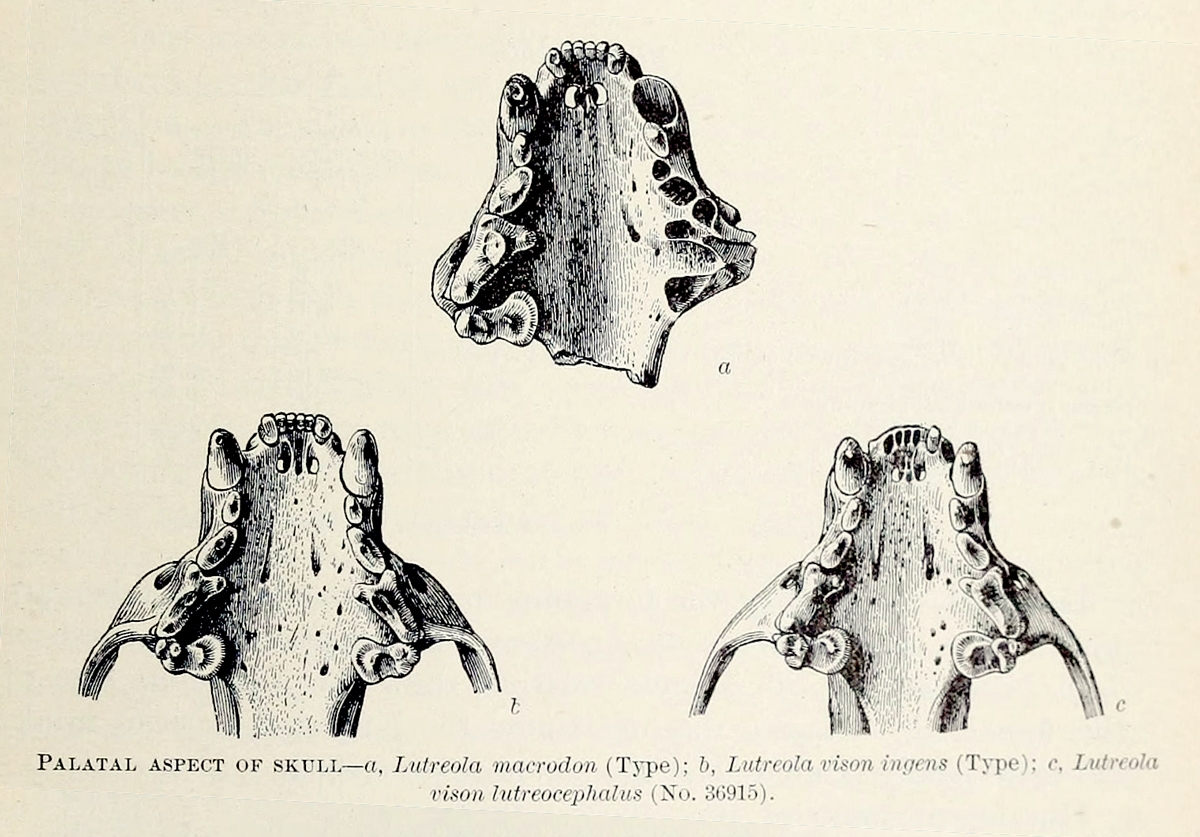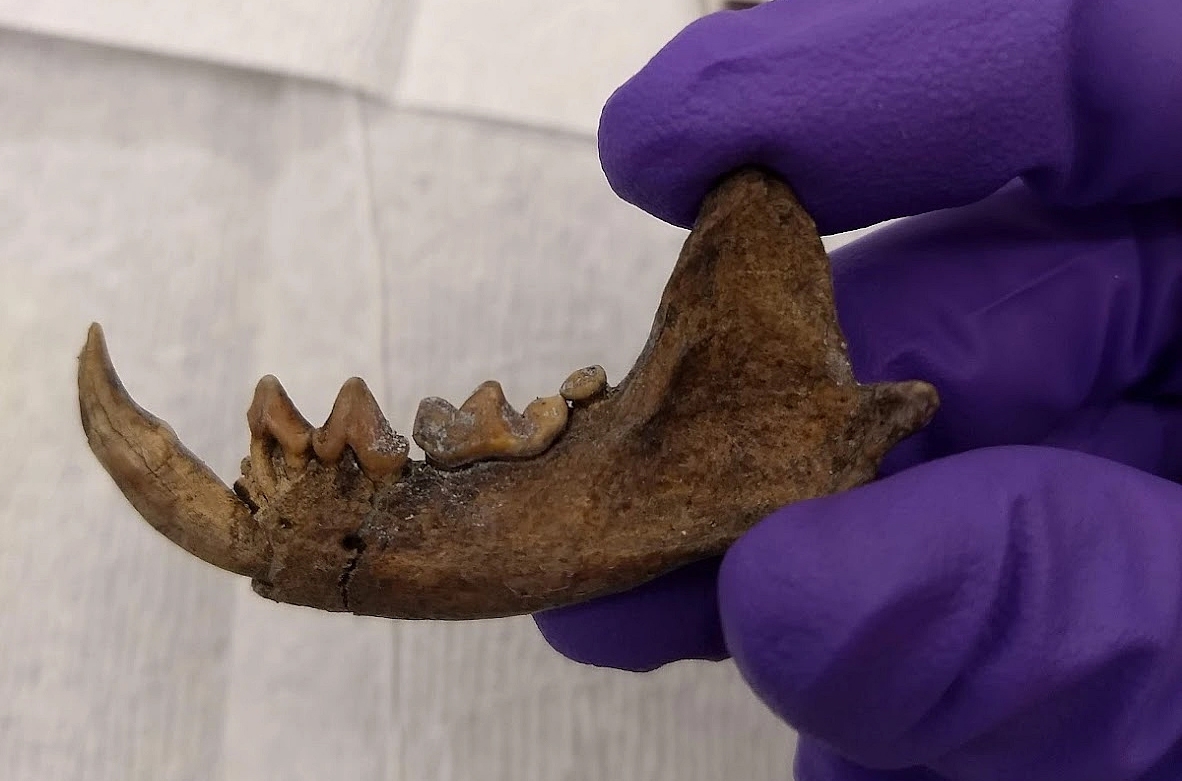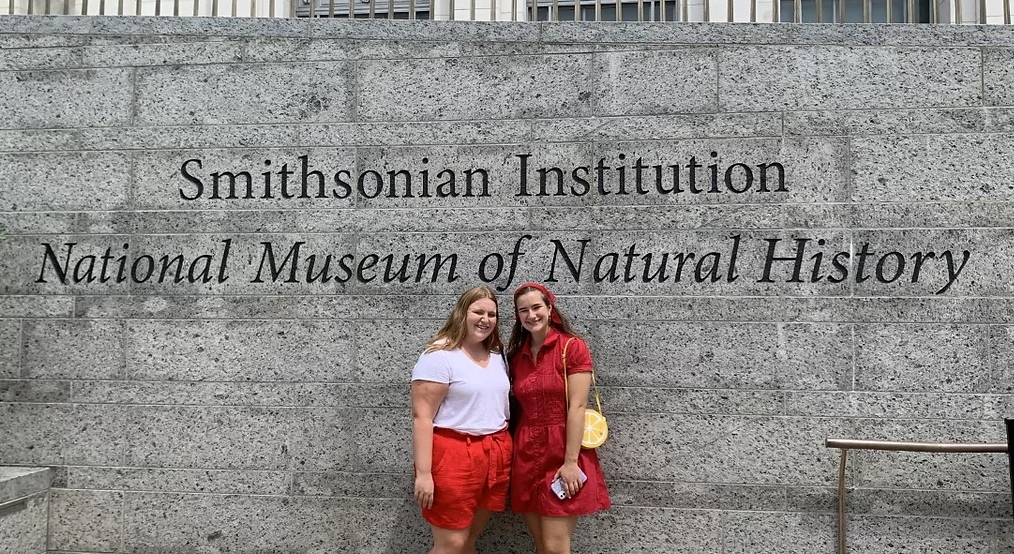Over the years, humans have had a profound effect on biodiversity. Whether through population, land use, exploitation or lifestyle, everywhere people go, they have an impact on the environment and ecosystem services that we all rely on.
This pattern is exemplified by the beaver and its extirpation (local extinction) in the northeastern part of the country, a result of the fur trade industry between roughly 1600-1900. European demand for mammal pelts, such as the beaver, altered life for Indigenous North Americans and shifted thousands of years of traditional harvest practices.
While existing research has given us some insight, scientists hope the eager beaver and its furry cohorts will improve our understanding of the past, and better manage current and future conservation efforts for these furbearers.
Courtney Hofman, President’s Associates Presidential Professor in the Department of Anthropology, Dodge Family College of Arts and Sciences at the University of Oklahoma, is leading a project studying how human management schemes and Indigenous relationships influenced furbearers, specifically beaver, mink and muskrat.
Hofman’s work is the focus of a $1.5 million grant from the National Science Foundation. The four-year study uses ancient DNA samples derived from archaeological specimens housed at the Smithsonian Institute’s Natural History Museum and among other museums, as well as samples from modern beaver, mink and muskrat provided by wildlife managers and fur-trappers, to better understand the relationship between people and these animals. The study incorporates a diverse group of collaborators, including the Smithsonian, Middlebury College, the University of Maine and tribal partners.

